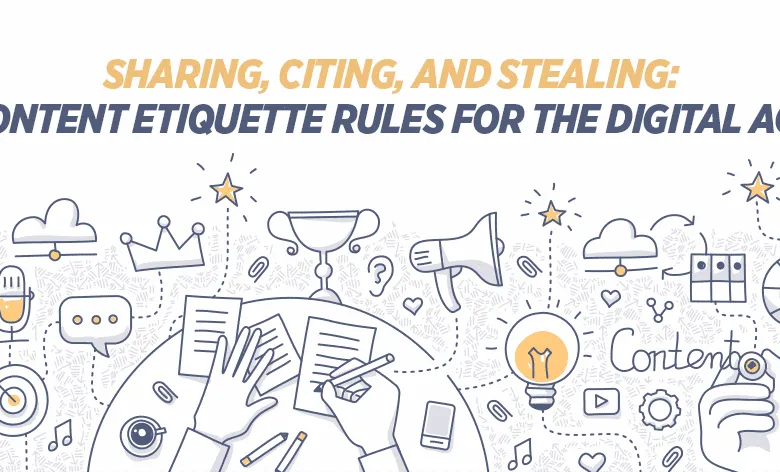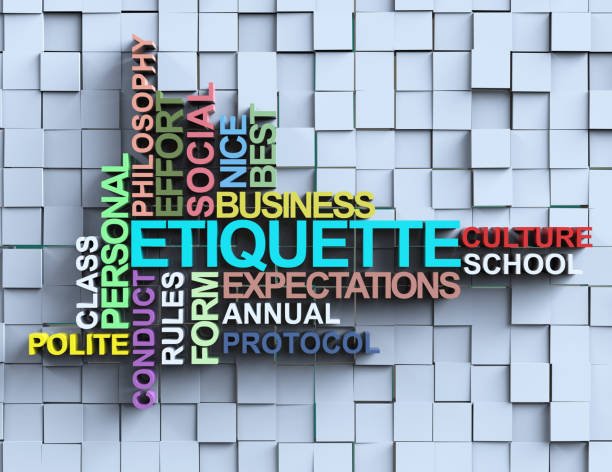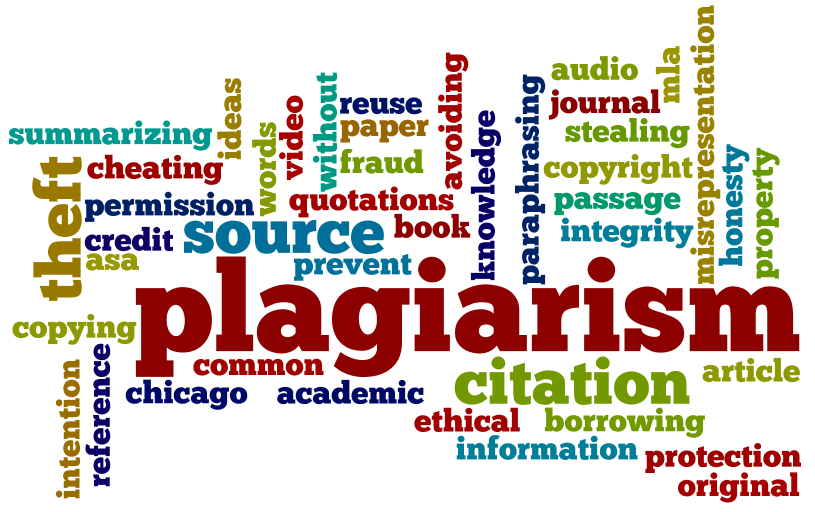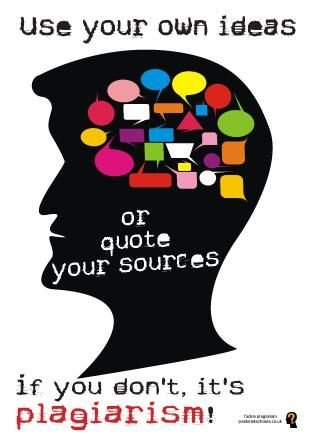
This Task is aimed at:
- Helping me@Ngoenyi as a newcomer to have knowledge on Proof of Brain concept.
- Assisting me to have basic knowledge on producing and sharing quality/original content.
- Helping me to embrace the existing Steem Community etiquette.
~Proof of Brain concept~
I should be able to understand the basic knowledge of producing quality and original contents that are shared on the steemit blockchain even as a new user
I need to know what to post .
Since Steem is an open platform meant to host and welcome any legal content that complies with our terms of service. Hence, Users can post anything they want, whether it be phrases, quotes, blogs, anecdotes, photos, videos, memes, songs, and more. These contents can be shared provided that they are legal.
However, there are contents that may not belong to me or the author, as such, such contents need to be sourced, that means to identify the source and lend credence to such source. It is very important to do so or else be accused of plagiarism and thet will not be good at all.
~How to cite a source~
To cite a source, I need to add a link that can lead the users to the source of that particular content , and this practice will enable me to achieve a well structured and cited article. If individual definitions are used from a different author, the link should be placed immediately after the text with the appropriate mark down style.
When you’re researching for a blog post, whitepaper, webinar, or other pieces of long-form content, you’ll likely find several sources for the information you’re after.
If you look closely, however, you’ll likely find that many of those sources, all found that information somewhere else – from a reputable primary source. That’s as long as the sources you’re looking at are solid, informative ones, not ones intended to be purely entertaining.
The best practice here is to follow those secondary sources back to the primary source, which could be an academic paper, a study, a news article, even a well-researched opinion piece on a popular blog.
Sometimes finding the primary source is very easy, but sometimes it can take some digging. Either way, looking at the primary source yourself will pay off in spades.
For one thing, you’ll know that the data or information quoted is correct.
For another, you’ll be able to ensure that you’re not plagiarizing anyone when you put the info in your own words in your content.
Finally, if you decide to quote, you can quote the original text, rather than someone else’s interpretation of that text.
When you find information or a quote that you want to use, make sure you cite it correctly. At the very least, include a hyperlink to the original page where you found the information, but if you can, it’s best to also include the name of the site or author in your text. That way, readers who don’t click on the link will still know who the information came from.
![]()

~Content Etiquette~

According to the Oxford languages, etiquette is 'the customary code of polite behaviour in society or among members of a particular profession or group.'
Etiquette is the set of conventional rules of personal behaviour in polite society, usually in the form of an ethical code that delineates the expected and accepted social behaviors that accord with the conventions and norms observed by a society, a social class, or a social group. Wikipedia
Hence, from the above definitions, I deduced that etiquette has to do with rules and regulations which govern a particular group of people and which binds them together as they achieve their common objectives.
Plagiarism

Plagiarism is the representation of another author's language, thoughts, ideas, or expressions as one's own original work. Plagiarism is considered academic dishonesty and a breach of journalistic ethics. Wikipedia
In my own view, The act of copying someone's work either written or oral without giving credit to such person is what is known as plagiarism.
Published May 18, 2017
Many people think of plagiarism as copying another's work or borrowing someone else's original ideas. But terms like "copying" and "borrowing" can disguise the seriousness of the offense:
According to the Merriam-Webster online dictionary, to "plagiarize" means:
to steal and pass off (the ideas or words of another) as one's own to use (another's production) without crediting the source to commit literary theft to present as new and original an idea or product derived from an existing source
In other words, plagiarism is an act of fraud. It involves both stealing someone else's work and lying about it afterward.

Merriam-Webster online dictionary postulated that to plagiarize means:
to steal and pass off (the ideas or words of another) as one's own. to use (another's production) without crediting the source. to commit literary theft.
Forms of plagiarism :
This bad habit called plagiarism can take different forms which includes though not limited to the following :
Direct plagiarism:
In this form of plagiarism, the writer copies an author's work word for word or directly as it appears without even adding his or own idea, without quoting or even paraphrasing. This is practice is fraudulent and it is totally unacceptable.
Self Plagiarism:
Another form plagiarism can take is self plagiarism. This is a situation whereby someone Plagiarise or steal his or her own content by reusing an already published work without permission. It is only right to quote yourself and refer to your previous work .failure to do that is unacceptable. For example, it would be unacceptable to incorporate part of a term paper you wrote in high school into a paper assigned in a college course. Self-plagiarism also applies to submitting the same piece of work for assignments in different classes without previous permission from both professors.
Mosaic Plagiarism
Mosaic Plagiarism occurs when a student borrows phrases from a source without using quotation marks, or finds synonyms for the author’s language while keeping to the same general structure and meaning of the original. Sometimes called “patch writing,” this kind of paraphrasing, whether intentional or not, is academically dishonest and punishable – even if you footnote your source!
Accidental Plagiarism:
Accidental plagiarism occurs when a person neglects to cite their sources, or misquotes their sources, or unintentionally paraphrases a source by using similar words, groups of words, and/or sentence structure without attribution. Students must learn how to cite their sources and to take careful and accurate notes when doing research. Lack of intent does not absolve the student of responsibility for plagiarism. Cases of accidental plagiarism are taken as seriously as any other plagiarism and are subject to the same range of consequences as other types of plagiarism.
How To Avoid Plagiarism by Jennifer Calonia.
Fortunately, it’s not all scary. Avoiding plagiarism is actually easy to do now that you have a foundational understanding of what it is. To help you steer clear of this taboo, here’s how to avoid plagiarism in your writing.
- Cite your source
When alluding to an idea or wording that’s not your own, add a citation in your writing that identifies the full name of the source, the date it was published, and any other citation element that’s required by the style guide you’re adhering to.
- Include quotations
If you insert a source’s words into your writing, verbatim, one of the most simple yet obvious ways to avoid plagiarism is by using quotation marks around the text to denote that the words aren’t your own. A direct quote should also cite the source so that readers know who the quote is from.
- Paraphrase
Paraphrasing is rewriting a source’s ideas or information into your own words, without changing its meaning. But be careful—paraphrasing can slip into plagiarism if done incorrectly.
Successfully paraphrasing without plagiarizing involves a bit of a dance. Reword and format your writing in an original way, and try to avoid using too many similar words or phrases from the source. The key is to do so without altering the meaning of the idea itself. Remember, you’re still using another’s idea so you’ll need to include a citation to the source.
- Present your own idea
Instead of parroting the source’s ideas or words, explore what you have to say about it. Ask yourself what unique perspective or point you can contribute in your writing that’s entirely your own. Keep in mind that if you’re alluding to a source’s ideas or words to frame your own point, you’ll still need to apply the guidelines above to avoid plagiarizing.
Conclusively, plagiarism is an ugly threat and a punishable offence, therefore, I urge us all not to fall victim to any of its forms.
